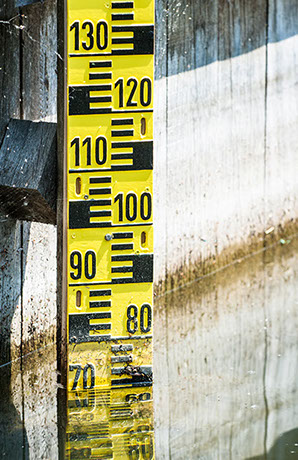SciGen Teacher Dashboard
Unit U2
Measuring Up Metric
Moving to Metric
Prefixes Are Powerful
Triple Concentration Game
Handy Measurements
Cookies for a Crowd
 This unit re-introduces students to the metric system, specifically emphasizing prefixes, abbreviations, and conversions. They apply their understanding of the metric system in a measurement activity. The unit ends with a writing prompt.
This unit re-introduces students to the metric system, specifically emphasizing prefixes, abbreviations, and conversions. They apply their understanding of the metric system in a measurement activity. The unit ends with a writing prompt.
Activities
 Scene: Moving to Metric
Scene: Moving to Metric
Darryl, Emanuel, Maggy, and Deyanna consider switching to the metric system. A student discovers a letter from the principal to his staff, mandating a new metric-only policy. The students debate the merit of this new policy, and in the process, clarify for each other the current measuring system and share what they know about the metric system. The passage ends with an unanswered question that poses the challenges that this new policy could create.
Duration: Approximately 50 minutes
 Lesson: Prefixes are Powerful
Lesson: Prefixes are Powerful
Students learn how the metric system uses prefixes to signify different scales in this illustrated guide. This unit re-introduces students to the metric system and its base units and prefixes in a context that emphasizes language and the quantitative data sets they will encounter in science texts in the coming years. Students learn how to convert units within the decimal-based system and apply the abbreviations used in texts and lab instructions. They they apply their understanding of the metric system in a measurement activity.
Duration: Approximately 40 minutes
 Game: Triple Concentration
Game: Triple Concentration
Students exercise their understanding of metric units by matching cards of the same value and correct scale in this Concentration-like game with a metric twist.
Duration: Approximately 20 minutes
 Lab: Handy Measurements
Lab: Handy Measurements
Students apply their understanding of the metric system by finding ways to measure some "handy" irregular shapes. This activity challenges students to think about the possibilities of measurement. Students think about all the possible ways to measure a hand. Pairs work together to agree upon how to go about measuring a hand using metric measurements. Students use graph paper to record their data in a logical way, and then aggregate their suggested measurements on a class hand. Finally, students explain how to measure hands using displacement as if for a company manual, whose employees may be resistant to change.
Duration: Approximately 50 minutes
 Conversation: Cookies for a Crowd
Conversation: Cookies for a Crowd
Given identical recipes for chocolate chip cookies using two systems of measurement, students scale each one up by a factor of 10 and discuss which system is easier to scale.
Duration: Approximately 25 minutes
Teacher Tune-up
- Why doesn’t the U.S. use the metric system?
- What are the basics of the International System of Units (SI)?
Student View of Visuals and Activities
Some teachers prefer to have students view the slides and other visual assets in this unit directly instead of projecting them in class. Below is a web page to share with students with links to the same items within in the teacher lesson plans, but without the explanatory text for the teacher.
Original SciGen Unit
This unit has been adapted from "7.2 Does the metric system measure up?" in the Word Generation program led by Catherine Snow (Harvard University) through a SERP collaboration with the Boston Public Schools and other districts in Massachusetts and Maryland.
PDFs of that earlier unit's teacher and student editions are available at the Science Generation Download Center.
Unit U2 Focus Words
meter
noun – the fundamental metric unit used to measure lengths
How many meters do you think you walk each day while in school?
degree
noun – a unit used to measure temperature, angles, and some other things
Twenty-five degrees Celsius is a very warm day. Could you get used to using Celsius instead of Fahrenheit for measuring temperature?
convert
verb – to change to a different unit of measurement
It’s easy to convert meters to centimeters. Do you know how?
factor
noun – a number used when multiplying or dividing
Why is it easier to work with a measurement system that uses factors of 10?
scale
noun – a set of levels or a series of numbers that are used to assign a value
On a scale of 1 to 10, I give that song a 9. What song would you give a 10?
abbreviate
verb – to shorten a word or phrase
Titles are used before names in more formal situations. To abbreviate Mister, you write Mr. What are some others?
BETA Version - Please send comments and corrections to info@serpinstitute.org